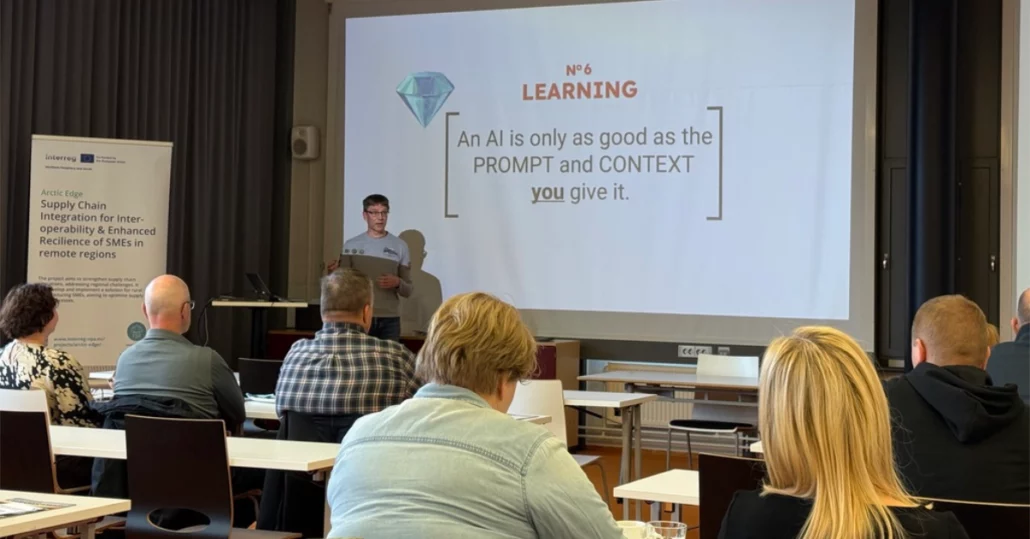The story
What if a company could move from AI experiments to real results in weeks, not years?
I’ve spent the past two years helping different organisations in Finland figure out what holds back AI adoption. The answers are usually the same: people are too busy to learn, data is disconnected, and leadership support is patchy.
So when I see a team breaking that pattern, it’s worth talking about.
For nearly two years, I’ve had the chance to work with Elisa and especially with a team led by Eija Moisala. Their approach stands out because it tackles the biggest barriers to AI success head-on.
The result? Real, measurable impact, achieved fast.
The insight
Eija’s leadership model is what many organisations are still missing.
She gives her team time, tools and permission to grow — and turns AI learning into part of everyday work. That shift changes everything. When employees are trusted to explore and experiment, they stop treating AI as a hype project and start using it as a real productivity amplifier.
In Elisa’s case, this culture of learning and sharing has led to visible business benefits within weeks, not years. It proves a simple truth I keep repeating in my workshops: AI adoption isn’t a technical issue. It’s a leadership choice.
The framework
So what can other companies learn from Elisa’s example?
- Make learning time sacred. Treat AI training as real work, not an extra task. Three hours a week can double adoption rates and unlock creative problem-solving.
- Lead with trust and permission. Replace “use AI more” with “take time to experiment.” When people feel safe to test, they quickly find practical use cases.
- Build a culture of sharing. Encourage teams to document, demo and discuss what works. Peer learning often spreads faster than top-down policies.
- Start small, scale fast. Focus on one successful workflow, measure its impact and share the story internally. Success stories create momentum far better than slide decks.
When leaders model learning and make AI part of everyday work, transformation stops being theoretical. It becomes tangible.
Final thought
The biggest blocker to AI adoption isn’t technology. It’s permission.
Elisa’s example shows that with the right leadership, culture and focus, meaningful results can appear faster than most expect.
So maybe the right question isn’t “How do we use AI?”
It’s “How do we make space for people to learn it?”


